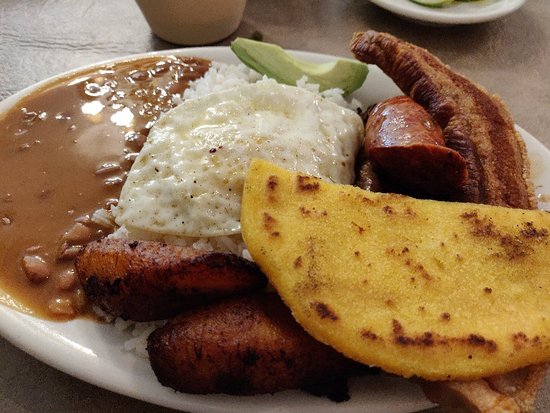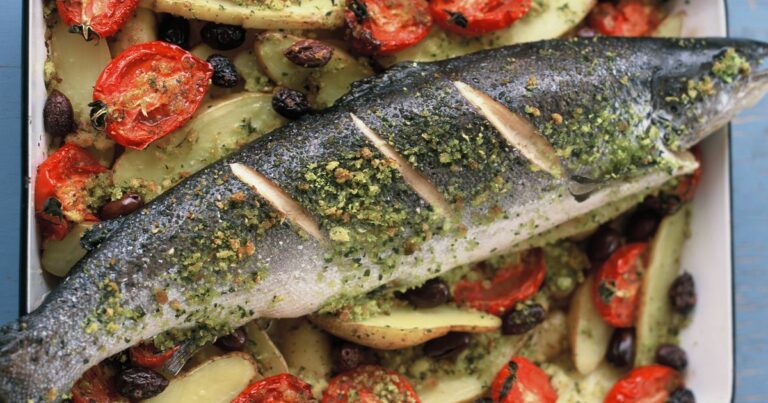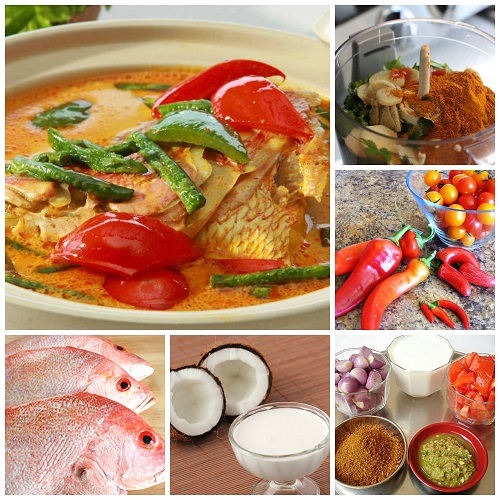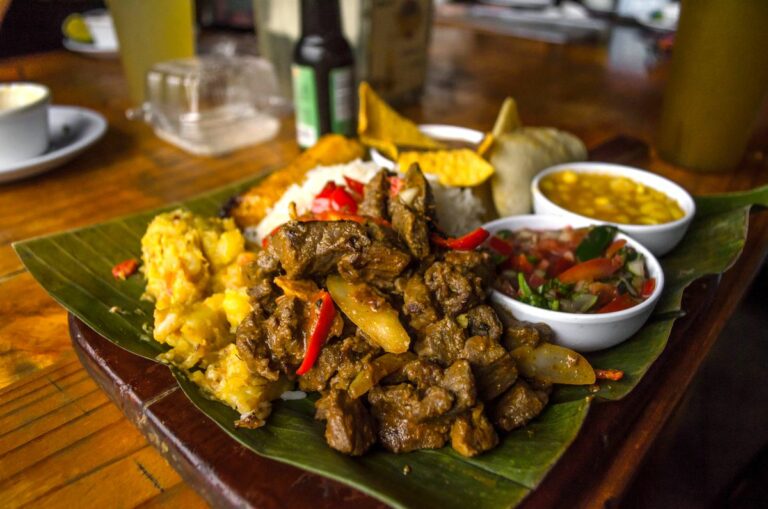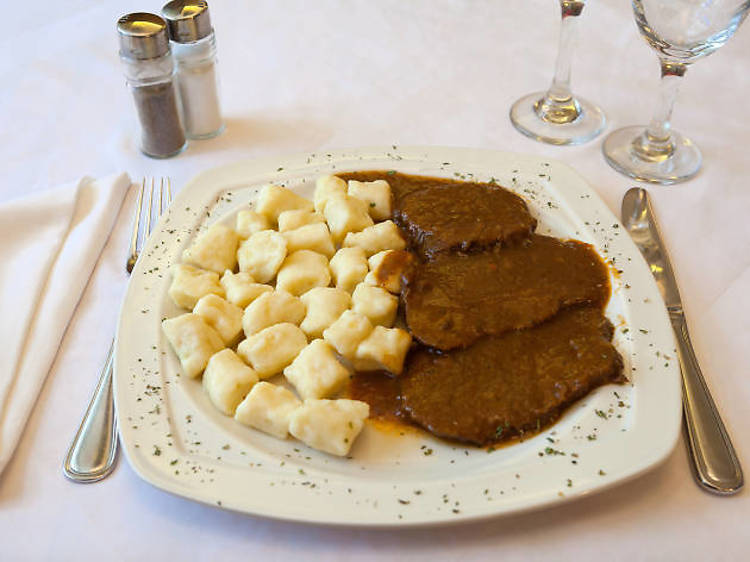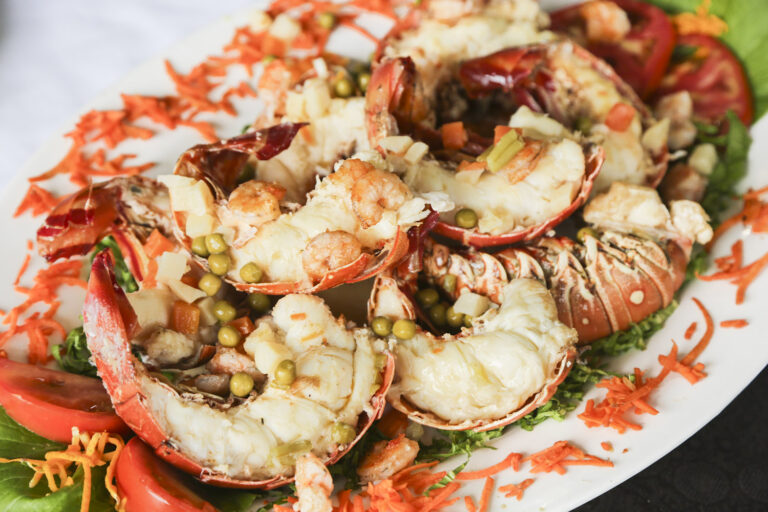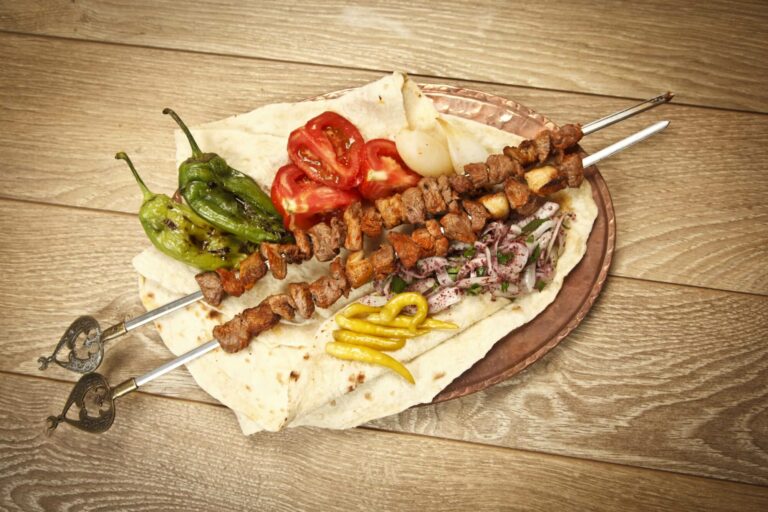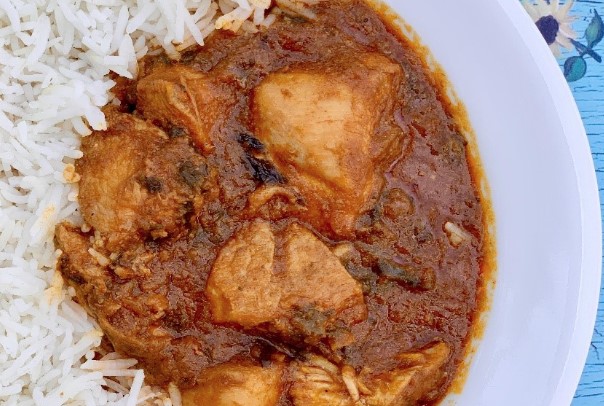Introduction to Dim Sum
Dim sum is a popular Chinese cuisine that originated in the Guangdong province of China and is now popular all over the world. It is a type of light meal or snack that is served in small portions and is often accompanied by a pot of tea. The term “dim sum” translates to “touch the heart” or “heart’s delight” in English and is an apt description of the cuisine’s delicious and varied dishes.
History and Origins of Dim Sum
The history of dim sum can be traced back to the teahouses of the ancient Silk Road, where travelers would stop for a rest and a cup of tea. The teahouses soon began serving small snacks to go along with the tea, and this evolved into the dim sum we know today. The cuisine became popular in the Guangdong province, where locals would gather at teahouses to socialize, eat and drink tea.
What is Dim Sum in Chinese Cuisine?
Dim sum is a type of Chinese cuisine that consists of small dishes that are typically served in a steamer basket or on small plates. The dishes can be sweet or savory and are often served with a variety of dipping sauces. Some popular dim sum dishes include dumplings, steamed buns, rice noodle rolls, and turnip cakes.
The Diversity of Dim Sum Dishes
Dim sum cuisine has a wide variety of dishes, with different regions in China having their own unique styles and flavors. Cantonese dim sum is the most well-known type, with dishes such as siu mai (pork dumplings), har gow (shrimp dumplings), and char siu bao (barbecue pork buns). Other regions in China, such as Shanghai and Hong Kong, have their own unique styles of dim sum, including soup dumplings and egg tarts.
The Significance of Dim Sum in Chinese Culture
Dim sum has a special place in Chinese culture and is often associated with family gatherings and social events. It is commonly eaten for breakfast or lunch and is a popular weekend activity for families. Dim sum is also often served during special occasions, such as weddings and festivals.
How is Dim Sum Served and Eaten?
Dim sum is typically served in small portions, with each dish often containing only a few pieces. It is usually cooked to order and served table-side, either on a small plate or in a steamer basket. Diners can order as much or as little as they like, and the dishes are often shared among the table. Dim sum is eaten with chopsticks and often accompanied by a pot of Chinese tea.
Popular Types of Dim Sum
Some of the most popular types of dim sum include siu mai (pork dumplings), har gow (shrimp dumplings), char siu bao (barbecue pork buns), and turnip cakes. Other popular dishes include rice noodle rolls, steamed buns filled with various meats or vegetables, and sweet desserts such as egg tarts and mango pudding.
Best Places to Enjoy Dim Sum in China
China has an abundance of excellent dim sum restaurants, with some of the best located in Guangzhou, Hong Kong, and Shanghai. In Guangzhou, Tim Ho Wan is a popular restaurant chain known for its delicious dim sum, while in Hong Kong, the Michelin-starred restaurant, Lung King Heen, is a must-visit for dim sum lovers. In Shanghai, Din Tai Fung is a popular restaurant chain that serves up delicious soup dumplings and other dim sum dishes.


